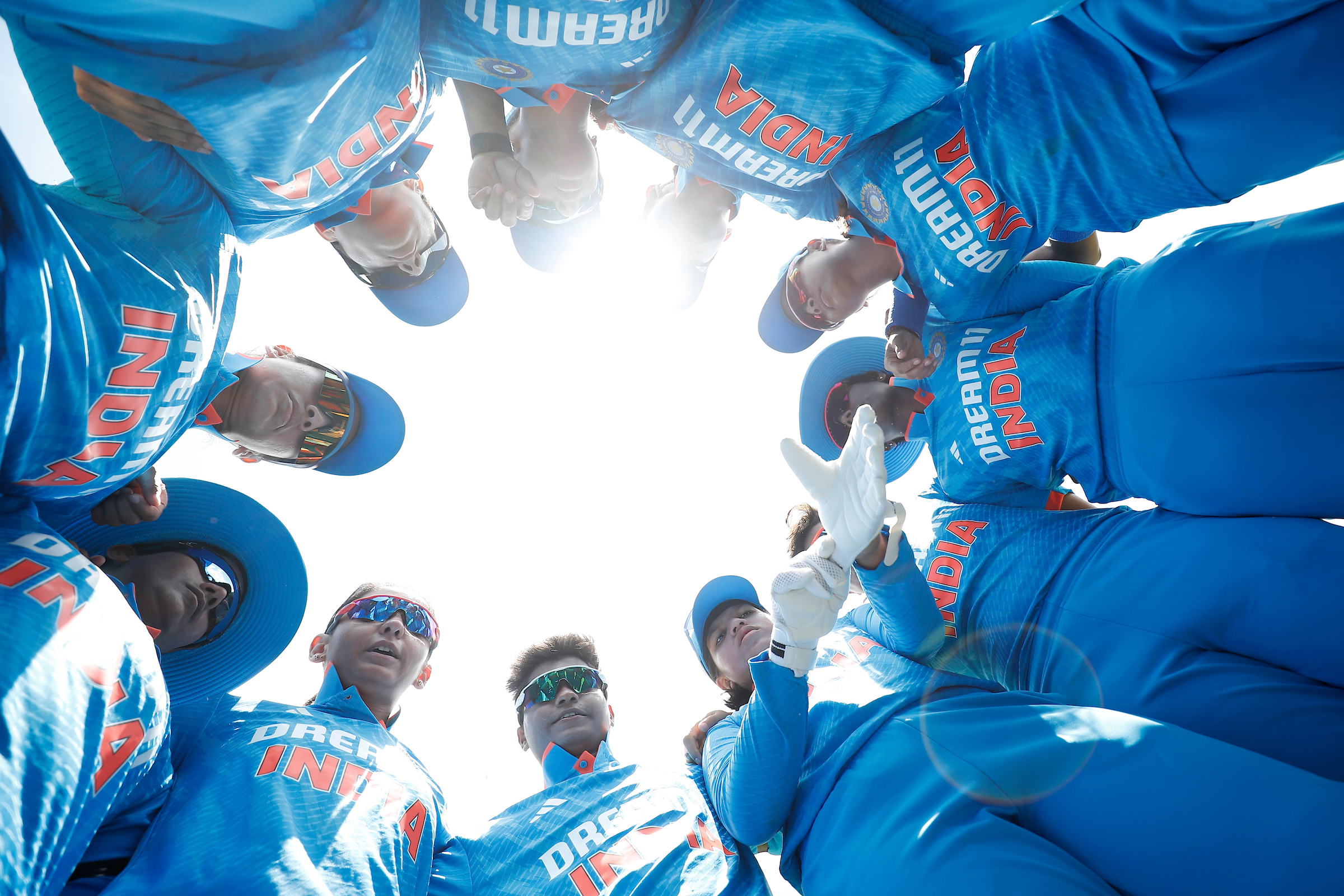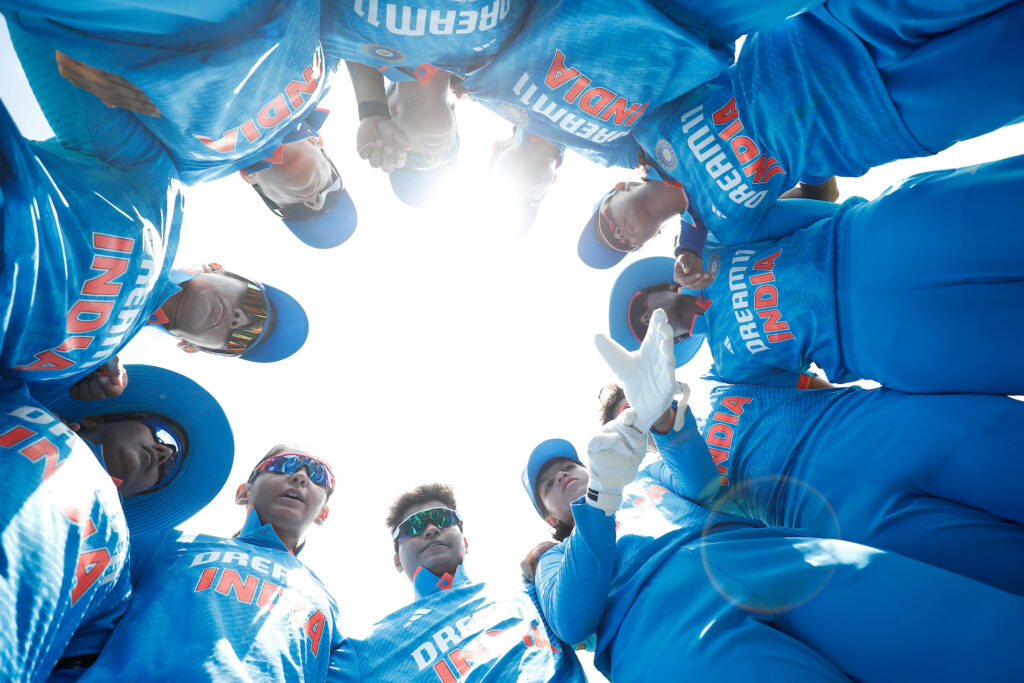
Ever since Harmanpreet Kaur took over the seat of authority of Indian women’s cricket, she has showcased her aggressive style, and built a reputation of being a combative leader. Yet, in the light of recent failures and setbacks, as well as a disappointing T20 World Cup campaign, including bizarre tactical decisions, questions are being raised about whether she should continue as the leader of the pack ahead of an ODI World Cup year. With the ODI format in the spotlight, is it time for a leadership change?
India’s ODI Performance Under Harmanpreet (Last Two Years)
In the last two years, India has had some positive and hopeful results in ODI series under Harmanpreet’s leadership:
- 2022: A clean sweep over both Sri Lanka (3-0) and England (3-0)
- 2023: A drawn series with Bangladesh (1-1), hinting at a dip in form
- 2024: Resounding series win South Africa (3-0) and a series loss against Australia (Their ninth consecutive win over India in an ODI series)
In the last two years, India’s ODI record has shown flashes of brilliance, especially with a few series wins. At the same time, their inability to penetrate the Australian side in ODIs is a cause of concern. The team’s inconsistency is worrying, including one loss and one win in the ongoing series against New Zealand, pointing to various vulnerabilities ahead of the 2025 ODI World Cup.
Captaincy Style Under Fire
In the recent past, Harmanpreet’s leadership style has been under fire after a series of controversial incidents spanning across formats and leagues.
Her behaviour in the final ODI against Bangladesh was the most astonishing of them all–smashing the stumps, taunting younger Bangladeshi players and publicly calling the umpires “pathetic”. The Level 2 breach led to her being suspended for the following couple of matches. The incident left a blemish on Indian cricket and affected the team’s campaign as they headed for the Asian Games.
The skipper’s visible frustration isn’t limited to the opposition. She has a tendency to put the blame on individuals of her own team rather than taking accountability for the side’s loss. In January, in an ODI against Australia, Kaur publicly criticised 21-year-old Shreyanka Patil for a costly over. Rather than addressing the issue privately, the captain decided to throw Patil under the bus who was fresh off her ODI debut in the last match. Such instances, where young players face public rebukes, could potentially harm their confidence and further strain team dynamics. Harmanpeet’s captaincy is often emotionally charged, especially in moments of high tension–an area of approach that has drawn considerable scrutiny.
Personal Contribution with the Bat
A captain’s role is much more than just strategy and field placement. On top of the added pressures, Harmanpreet’s form with the bat has been inconsistent
- 2022: Scored 754 runs in 16 innings at an average of 58.0, with a strike rate of 89.8.
- 2023: 85 runs in 5 innings, averaging 17.0.
- 2024: 182 runs in 5 innings at an average of 45.5
Although her 2022 was impressive, the years thereafter have obviously been downhill. Something that has not been addressed with the level of introspection or corrective action expected from a captain, especially one that is vocal about other’s inconsistent contribution.
Tactical Blunders at the 2024 T20 World Cup
For the Indian team, the T20 World Cup became a melting pot of tactical inaccuracy and executional gaffes. The first thing that comes to mind is India’s unstable batting order. Harmanpreet batted at No. 3 in the warm-up games and a couple more in the main tournament, but shifted to No. 4 against Australia that disrupted the batting order. Her own scoring rate did not supplement the change, putting the team under insurmountable pressure.
Sending Deepti Sharma ahead of Richa Ghosh in a high-stake game against Australia completely backfired. The decision failed to capitalise on Richa’s hitting abilities when most needed. In the match, Harmanpreet continued to overly rely on pacers. Capitalising on the error, Australian batters scored heavily against the pacers, exposing a lack of flexibility and inability to adapt strategies on the fly.
In the T20 World Cup, the biggest talking point was obviously India’s laxity in fielding. While dropped catches are not a reflection of captaincy, several dropped catches highlighted India’s lack of preparation and focus, which ultimately cost India the silverware.
Is This A Time For Reflection And Possible Change?
Although recent ODI successes offer hope, it is yet to be seen whether Harmanpreet can evolve and temper her aggression with poised decision-making. With her retention as the ODI captain, following India’s glaring failure in the T20 World Cup, it is clear that she has the management’s support. If the aforementioned aspects do not improve, India may just need to reconsider their options for a fresh start. A start that will ensure a well-rounded, resilient team that is capable of winning the World Cup in 2025.




